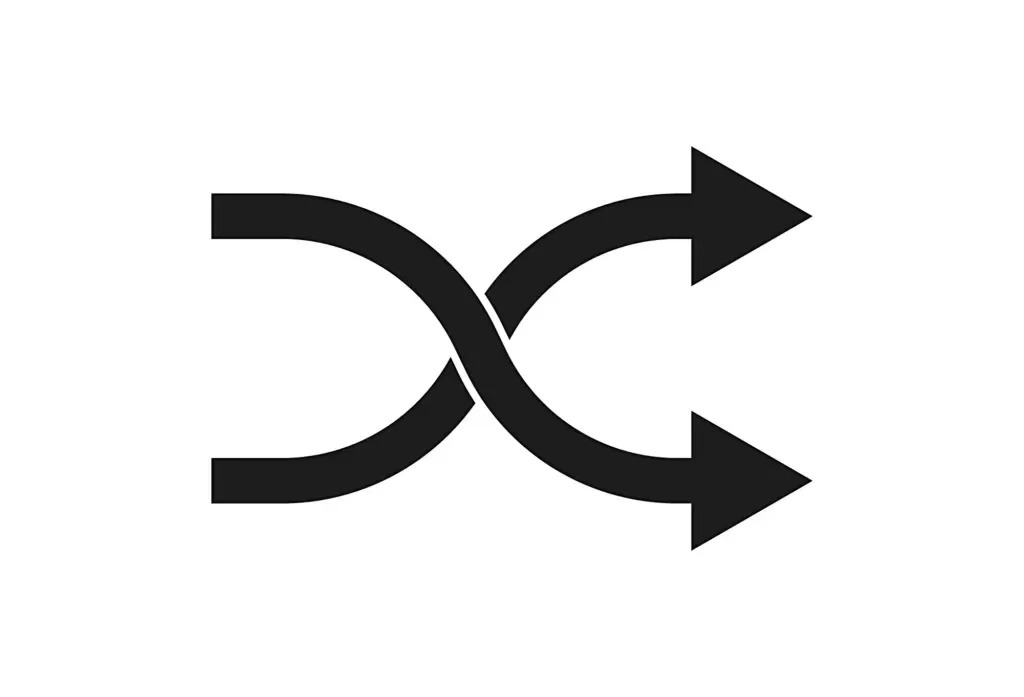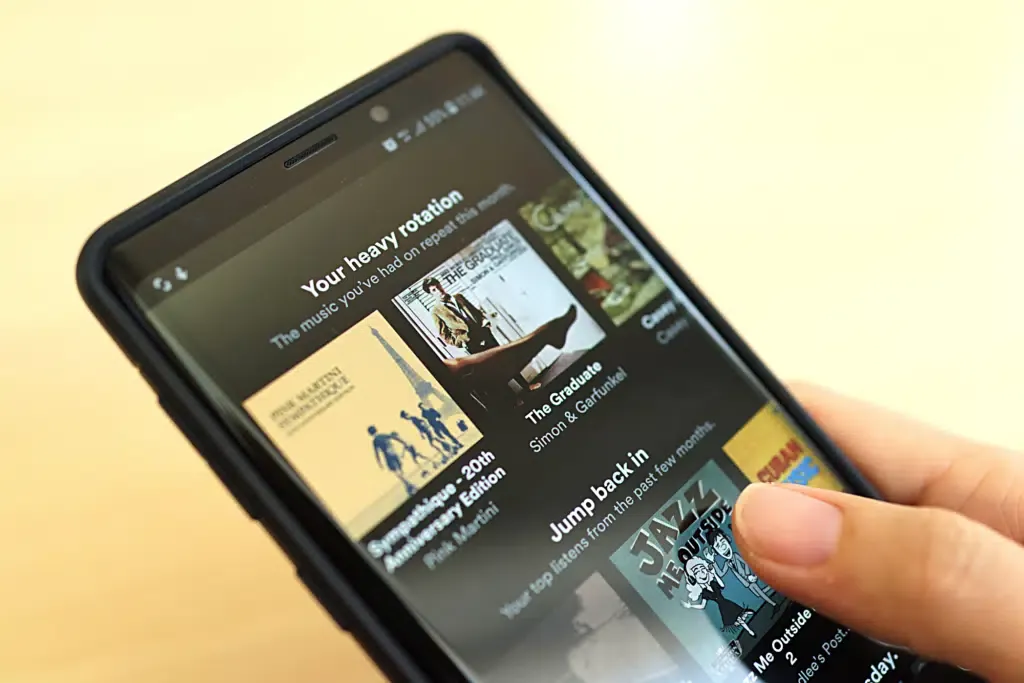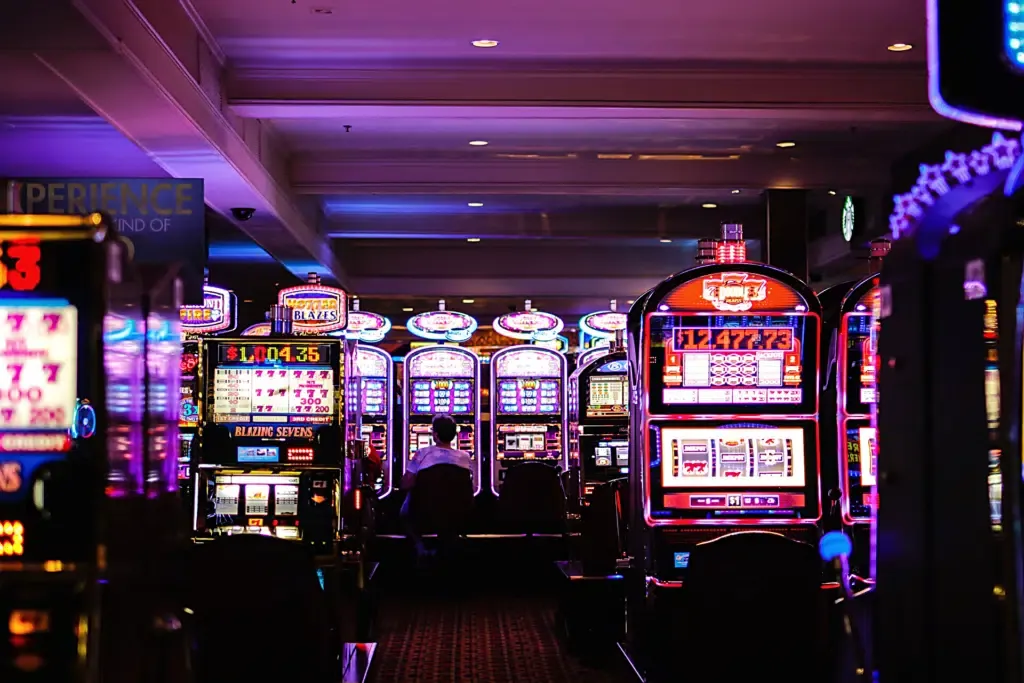- Advertise
-
Subscribe
The Great Shuffle Debate

The shuffle button is divisive. There’s no two ways about it.
The music buffs among us will tell you that it’s a crime against the art form because songs are designed to be listened to in a specific order:
“You wouldn’t pick up a book and read chapter eight and then chapter two. Albums should be treated the same way as a story because [they have] a beginning, middle, and end”
– KARL GROEGER, EMPLOYEE, LOONEY TUNE RECORDS, MA
More free-spirited music-lovers err towards the opposite perspective, stating the thrill of the surprise as a reason for leaping head-first into shuffle mode:
‘I shuffle my music because I will easily lose interest in listening if I know what songs will come up’
– ANONYMOUS USER ON AN INSTAGRAM POLL
The funny thing about it is, deep down, we all agree.
Humans hate randomness, so on a psychological level, we’re predisposed to hate the shuffle button.
As much as we like to think we have our reasons for being for or against it, our brains are hardwired to be pattern-finding machines.
Artistic integrity or thrill of the surprise aside, we fundamentally don’t do well with the notion of random selection.
Your brain can’t help but read too much into the patterns it detects

In the past, both Spotify and Apple Music have been forced to change the algorithms of their shuffle modes because users complained that they didn’t feel random enough.
In actual fact, what users were noticing was similar artists or songs being clumped together in their shuffled playlists.
This effect is symptomatic of true random distribution, but since our brains are set up to recognise patterns, proper randomness doesn’t sound random to us.
Deep down, we can’t cope with the idea of random selection
As Barbara Zafar, a lead developer at Spotify, told Tech Tent in an interview on the BBC World Service: the human brain is ‘an excellent pattern-matching device’ because ‘it will find patterns where there aren’t any’.
It’s displayed in the phenomena of ‘Gambler’s Fallacy’ and ‘Hot Hand’ – two contradictory effects observed by psychologists who studied how humans estimate random chance in card games and baseball matches.
The studies showed that people overestimate the evenness of random selection, assuming that a result that hasn’t happened for a while is more likely to happen in the future (Gambler’s Fallacy), or that a result that keeps happening will continue cropping up out of luck (‘Hot Hand’).
In actual fact, neither scenario is true.
If you shuffle your Spotify and get three Nicki Minaj songs in a row, your app isn’t broken, your brain just can’t help but read too much into the patterns it’s being presented with.
Even if you think you like not knowing what’s next, you probably do (a bit)
What this means in the context of the listening experience is that even if you think you like not knowing what’s going to come up next, you probably do, at least to some extent.
The human inability to process random scenarios might lead you to think that listening album-by-album or vibe-by-vibe would give you the most
listening pleasure, just like the music aficionados tell us.

In actual fact, because music streaming platforms have adapted their shuffle buttons to our distaste for well-shuffled song decks, now, if you hit the little green button, your artists are spread out evenly according to the proportion of your songbank they take up.
This might sound complicated but it’s actually pretty simple. Shuffled music isn’t randomly generated anymore, so our brains find it more pleasing.
The nature of shuffle play isn’t about randomness. It’s about diversity
Which takes us back to the original question – to shuffle or not to shuffle?
If you accept that you’re unlikely to get the same vibe or artist repeated frequently thanks to Spotify’s handily adapted algorithm, you’ll understand that the nature of shuffle play isn’t about randomness. It’s about diversity.
Sure, there’s an element of surprise when the selecting power is taken out of our hands, but the real appeal of shuffle mode is the thing that’s least random about it – the way it spreads our songs out to create a sonic tasting menu.
Whether you’re listening to an album or your entire songbank, shuffle allows different vibes to (semi) randomly collide, initiating unique musical convos that you would have never thought about sparking on your own (or might never have wanted to).
Drake’s ‘God’s Plan’ is a surprisingly good match for Willie Nelson’s ‘Always On My Mind’ because the latter’s key (D Major) is the dominant note of the former’s (G Major).
Add to this the fact that their smooth fade out/fade in transitions make for a surprisingly harmonious combo, and you have a heavenly musical alliance you’d probably never have discovered on your own.
In the spirit of Kanye West’s ‘Donda Stem Player’, shuffle mode allows us to curate new combinations of sounds every time we click on it.
The diversity of choice that comes with shuffle mode is hard to ignore
Maybe you’re not a budding DJ – in which case, the prospect of endless mixing might not sound that appealing to you.
But the diversity of choice that comes with shuffle mode is hard to ignore – especially if you’re in one of those moods where you don’t know what vibe you’re looking for. Or maybe you think you do, but you’re just plain wrong – it happens to the best of us.
Yes, there is an artistry in the way albums are created. Yes, you should listen to them individually, as the artist intended, if you want to appreciate the way the songs interact with one another musically and thematically to tell the story of the album more broadly.
But as another Instagram user put it, you can have too much of a good thing:
‘If I make a playlist methodically like its own sort of album, there’ll be blocks of vibes that I just wanna mix up’
– ANONYMOUS USER ON AN INSTAGRAM POLL

There’s a reason they say ‘variety is the spice of life’, not randomness
Really, shuffle mode is designed to give those of us who can’t decide what we want an easy way out, and it gets pretty creative in doing so.
Whether you’re shuffling by album or by playlist, if you accept that the experience is geared towards diversity of choice and not random selection, you might learn to appreciate what shuffle play has to offer you.
There’s a reason they say ‘variety is the spice of life’, not randomness.
Just ask the Spotify algorithm makers.






